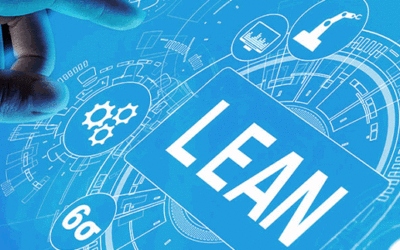Artificial Intelligence: making the workplace safe again
Technology and occupational safety are closely intertwined, from spreadsheets to integrated management systems. Artificial Intelligence (AI) already plays a substantial role in our daily lives, with most people being unaware of its presence in commonly used technology. With this mainstream acceptance and increasing advancements with machine learning (ML), the ability to readily integrate AI into an organisation’s management software is now a reality.
In developing a highly effective SHEQ management system, is AI ready to step in making the workplace safe again? The truth is that there can be no improved safety processes without the inclusion of automated processes. In this regard, safety, health, environmental and quality (SHEQ) management tools are essential in optimising the most routine and time-consuming tasks, such as data collections and processing.
By adopting AI and machine learning as your organisation’s SHEQ management assistant, you create an improved capacity for data collection, analysis, and reporting. This simultaneously serves to free the SHEQ manager from time-consuming tasks and allowing them to concentrate on employees, improved communication, and strategic and innovative ways to improve workplace safety based on data accumulated from the SHEQ system.
Our SHEQX (Health, Safety, Environment and Quality) management solution aggregates SHEQ data in a single, auditable database and manages analysis and reporting effectively, ensuring effective compliance and a more robust approach to corporate sustainability.
AI technologies can also improve the identification of occupational health and safety issues as well as alert the organisation that actions need to be taken. Once integrated into existing SHEQ management systems, AI technology can improve workplace safety by measuring toxic gas levels, monitoring sound changes in equipment, or measuring pressure changes that could indicate critical equipment failures. Where possible, AI technology can do more than merely alerting the relevant people of a risk, but also activate the necessary processes to rectify the hazard automatically.
Possibly the most significant benefit of including artificial Intelligence into workplace safety management is that AI does not incur downtime from being tired, stressed, or ill. Ultimately, the human factor plays a substantial role in contributing to workplace accidents, and SHEQ policies and procedures must be in place to minimise safety hazards and protect employees.



